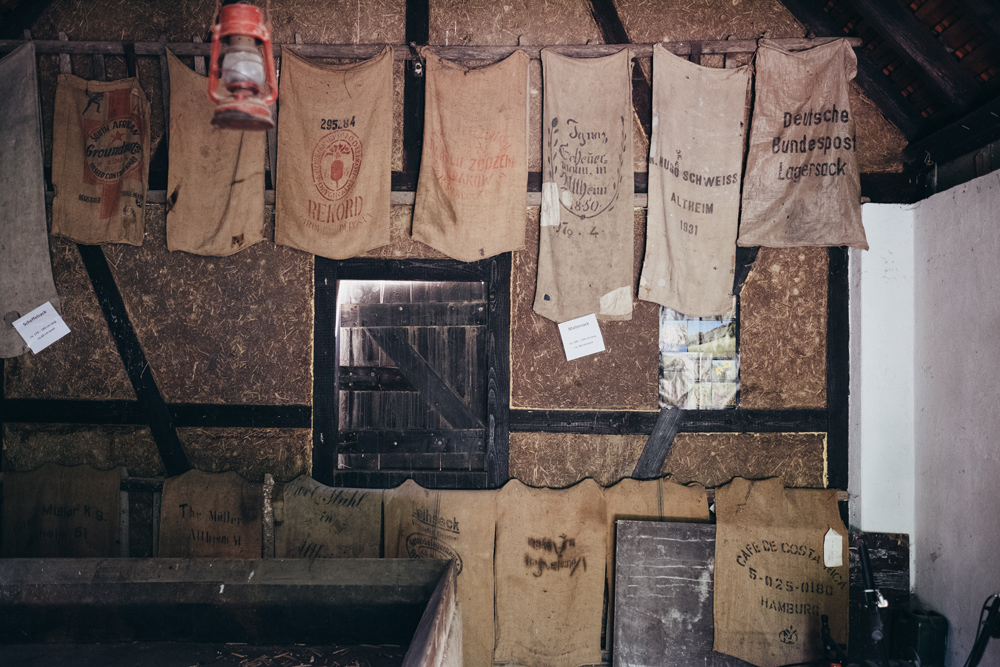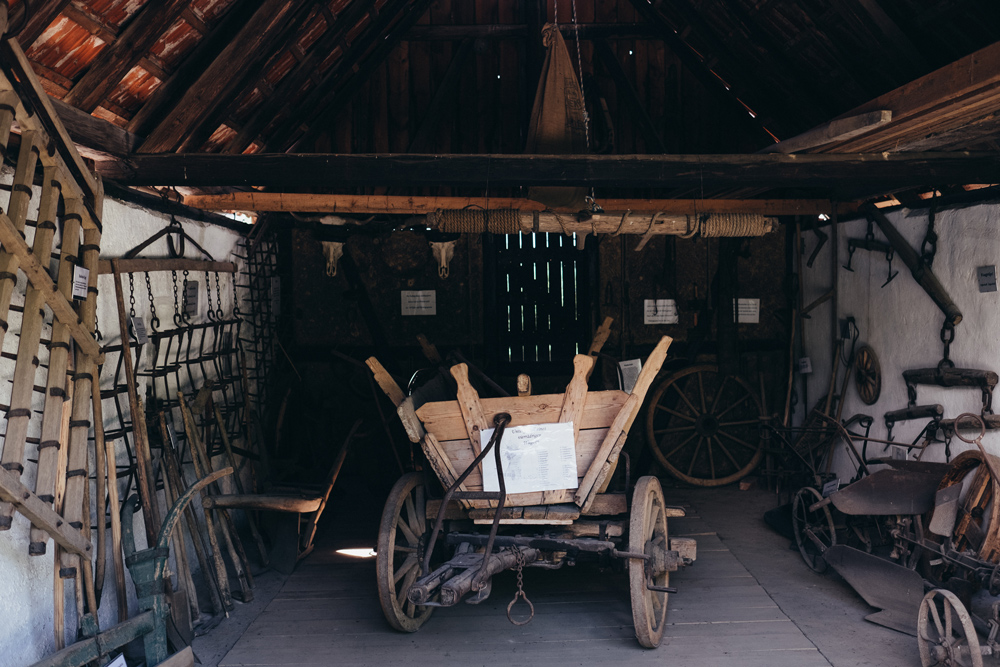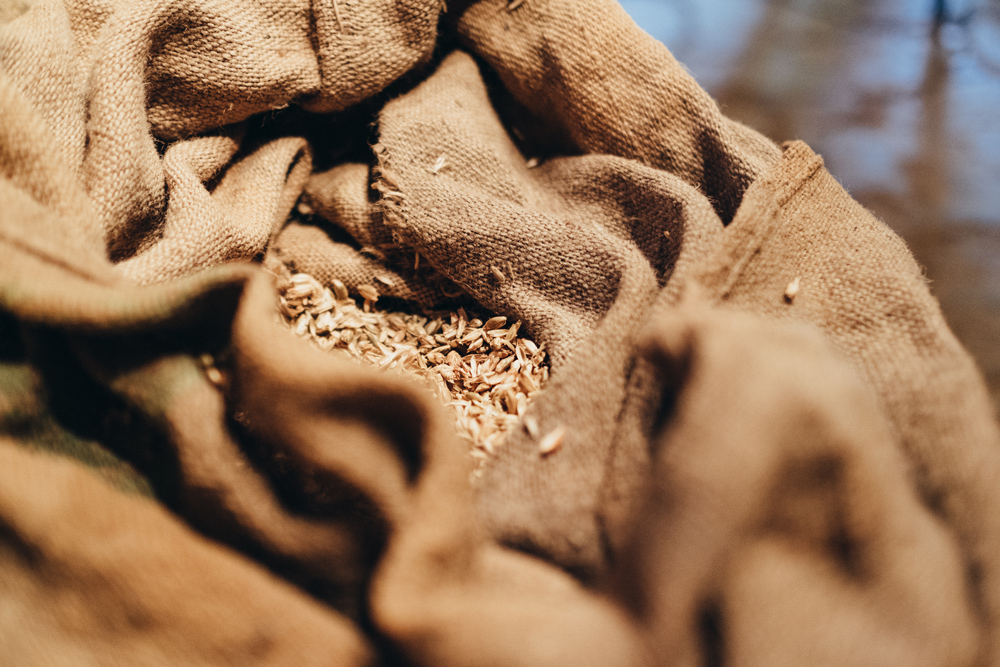Gentle hills, meadows and forests stretch as far as the eye can see, as if you were in the Shire, the Hobbits’ realm. But this is not Middle-earth, but Bauland, a region located between Neckar, Jagst and Tauber rivers in Baden-Württemberg. In the north-eastern Rhine-Neckar region, Grünkern (‘green grain’) has been a popular local speciality for over 350 years.
When you travel across Bauland at the beginning of July, you have time. Lots of time to enjoy the landscape, because tractors and combine harvesters slow down the traffic flow on the narrow country roads. The speed, however, is deceptive: Farmers are in a hurry with the harvest, because the window for Grünkern (‘green grain’)is, as every year, extremely tight.
“They say that during a cold and damp period of famine, a resourceful farmer came up with the idea of harvesting half-ripe spelt grains and oast-drying them with fire,”says Edith Mechler with a smile. “Personally, I don’t believe that green grain was invented this way. Franconian men are not that resourceful. It must have been a farmer’s wife who needed to feed her family.” Edith knows what she is talking about. The cheerful pensioner has been a member of Altheim-Walldürn local history club for many years now and she knows the history and the stories of her homeland well. She guides visitors regularly round the restored ensemble of historical oasts—the landmark of this part of town: Here, in the little half-timbered houses, which sit on massive brick foundations and whose attic storeys are made of wood with red tiles on the tops, is where the green grain was dried.
Green grain farmers harvest the spelt on the fields at the beginning of July, when it is almost ripe, yet green. They don’t have much time for the drying process—the damp green grains have to be processed quickly so they don’t go mouldy. It used to be arduous work, impossible to be done individually by a single farmer. “Everybody helped one another. Farmers used to join together to form an archetype cooperative, the ‘Gemarre’. People used to stand by each other,”Edith puts in, “from sowing through harvesting, drying and storing. There was no other way.”
First, a fire was kindled in the hollow of the stone plinth of the oast. The heat flowed up along the shaft into the inside. At the top, the grains were spread out on the oast tray, a sieve-like metal plate with holes. The drying process took up to six hours and required constant turning-over and moving of the grain, at a temperature of 120 to 160 degrees Celsius—at the height of summer. “The entire village gathered when the fires were kindled here in Altheim. It was a real event,” Edith recalls the scene. “As children, we used to roast green apples on sticks in the fire. Later, as a young woman, I watched the men working and also joined the group for a glass of cider.”





















